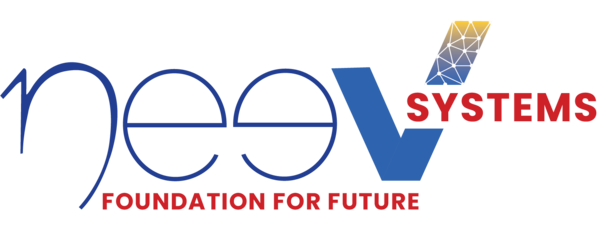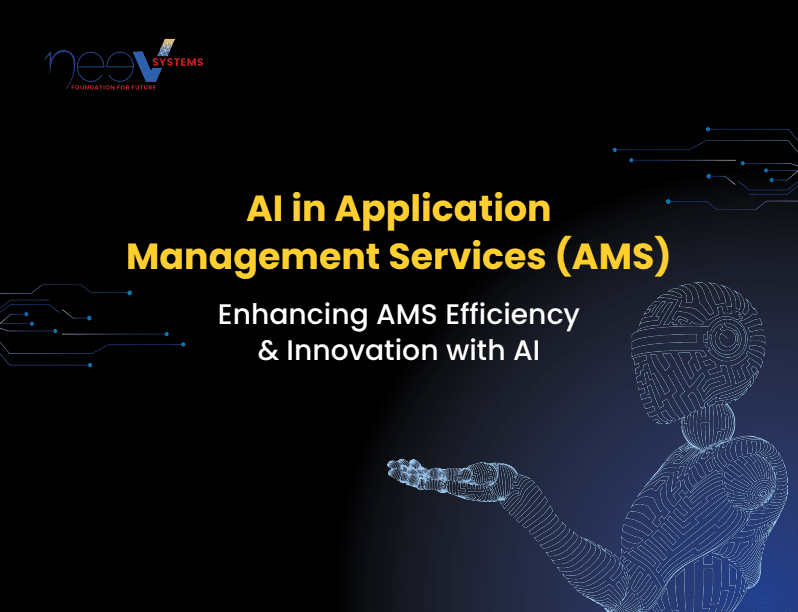Overview:
As enterprises evolve digitally, legacy AMS (Application Management Services) models are no longer enough. Traditional approaches focus on keeping systems stable — not smart. But with increasing complexity, rising service demands, and shrinking IT budgets, businesses need more than maintenance. They need intelligence.
This whitepaper introduces AI-powered AMS as the next evolution in IT operations. From predictive maintenance and automated incident resolution to self-healing systems and real-time optimization, AI redefines how enterprises manage their application landscape. Backed by real-world use cases and industry benchmarks, this guide is a practical playbook for transforming your AMS strategy into a value-driven, future-ready engine of innovation.
Challenges Addressed:
- Break-Fix Model Fatigue: Traditional AMS reacts to problems after they occur, leading to costly downtime and service disruptions. Mid-market companies face an impossible choice between losing control with vendors or overcommitting with full GCCs.
- Siloed Operations: Fragmented teams and outdated tools delay issue resolution and reduce collaboration across IT functions.
- Low Innovation ROI: Many AMS contracts prioritize cost-cutting over performance, resulting in stagnation and poor user experience.
- Visibility Gaps Dashboards show green, but users feel red — a disconnect caused by limited real-time monitoring and governance.
- Scalability Struggles: Manual processes and disconnected systems make it difficult to scale with growing application and business demands.
Objective:
- Understand how AI changes the AMS landscape — from reactive to proactive, manual to intelligent.
- Explore key use cases in predictive maintenance, self-healing systems, automation, and intelligent monitoring.
- Learn from enterprise examples across industries (e.g., Deloitte, Bosch, Wells Fargo) and benchmark AI adoption outcomes.
- Identify high-impact AI opportunities within their current AMS to reduce costs, improve uptime, and unlock innovation.
- Build a roadmap to AI-driven AMS with low risk and high returns.

